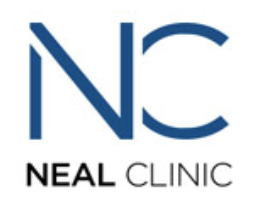The ancient wisdom of harnessing sunlight for healing has evolved into a scientific pursuit, leading us to the discovery of photobiomodulation (PBM) therapy. This innovative approach, grounded in centuries-old practices from Egyptian, Greek, Roman, and Arabic civilizations, has transitioned into a modern-day marvel, thanks to a serendipitous discovery by Hungarian physician Endre Mester in the 1960s. Initially investigating the potential harmful effects of laser light, Mester instead unveiled its healing capabilities, marking a pivotal moment in medical history. His findings demonstrated that low doses of laser light could significantly enhance cellular function and accelerate the healing process.
The Advent of Class IV Lasers: A New Era in PBM Therapy
The development of Class IV lasers, characterized by their high-power output, represents a significant advancement in the field of PBM. These lasers enable deeper tissue penetration, expanding the spectrum of treatable conditions and affirming the collaborative effort among medical professionals, researchers, and technologists to harness PBM's full therapeutic potential. Today, Class IV laser therapy stands at the forefront of non-invasive treatments, supported by a wealth of clinical research and embraced by the healthcare community.
How PBM Works: The Science Behind the Light
Our clinic's Summus Medical laser targets four primary objectives: reducing inflammation, alleviating pain, enhancing blood circulation, and promoting cellular repair. Central to PBM's efficacy is its ability to stimulate mitochondrial activity—our cells' powerhouses—using specific wavelengths of light. The 810 nm wavelength, for instance, is absorbed by the mitochondrial chromophore cytochrome c oxidase, boosting ATP production and, consequently, tissue repair and regeneration.
Inflammation, a common denominator in various conditions, is effectively managed through Class IV lasers, which balance inflammatory markers to speed up the healing process. Moreover, PBM's capacity to induce endorphins and reduce nerve cell excitability offers a dual approach to pain management, making it a powerful ally against chronic pain, arthritis, and nerve-related issues.
Enhancing Healing with Increased Circulation
A key aspect of PBM therapy is its promotion of vasodilation, which improves blood flow and oxygen delivery to the targeted areas. This increased availability of oxygen is crucial for ATP production and overall cellular metabolism, facilitating a quicker recovery process.
Personalized Treatment at The Neal Clinic
At The Neal Clinic, we understand that accurate diagnosis is the foundation of effective treatment. Our laser therapy protocols are tailored to address specific conditions, ensuring targeted and efficient care. Depending on the nature of the injury—acute or chronic—treatment frequency and duration are adjusted to optimize healing, with reevaluation steps to monitor progress and adjust care plans as necessary.
PBM therapy, with its broad applicability and non-invasive nature, represents a significant leap forward in treating a wide array of conditions. Through a combination of ancient wisdom and modern science, it offers hope and relief for those in search of healing light.



